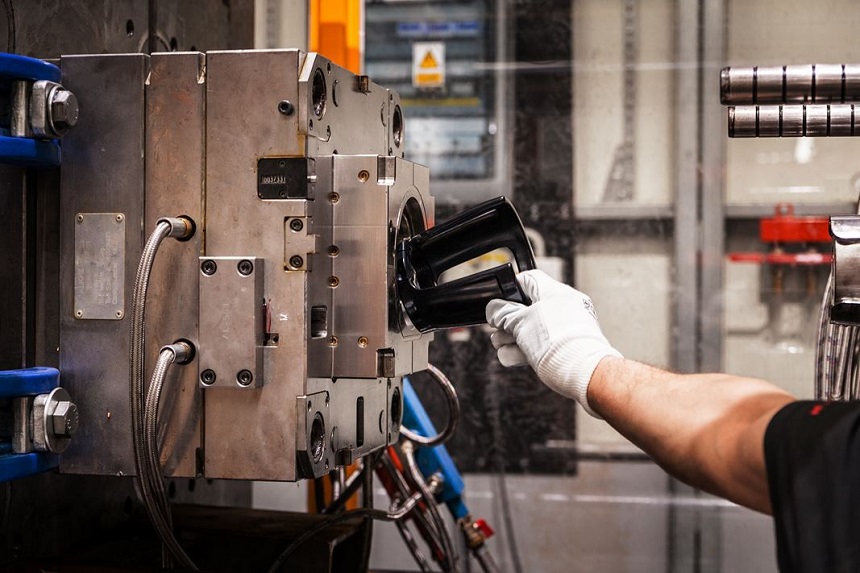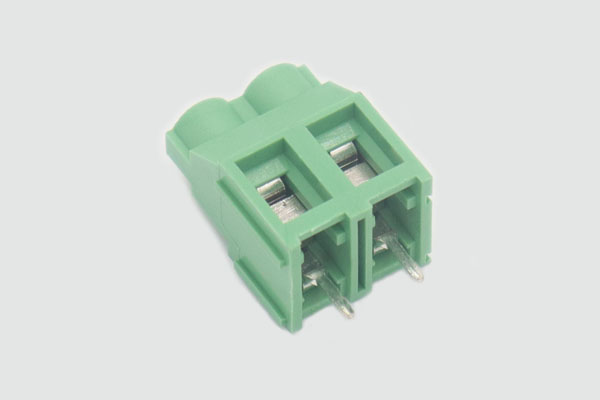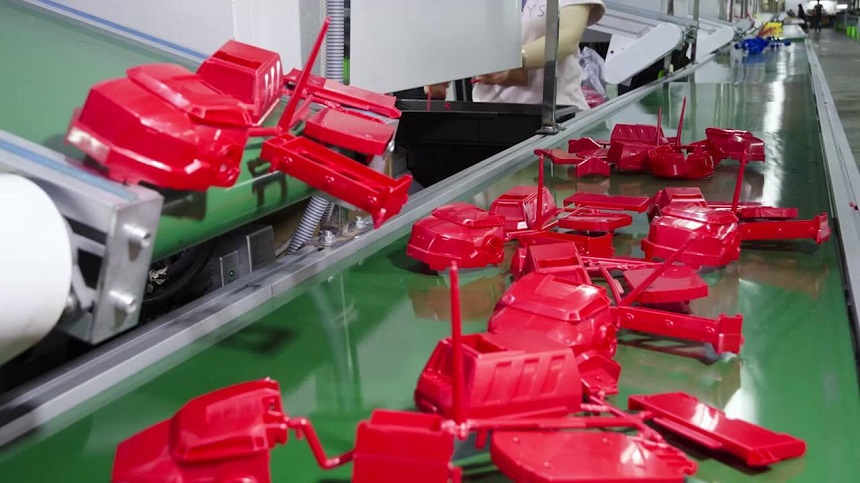Overview of Plastic Injection Molding Processes and Techniques

Plastic injection molding is a popular manufacturing technique used to create a wide range of products. It involves the injection of molten plastic into an injection mold to create a desired shape. This process is widely used in industries such as automotive, consumer goods, medical devices, and more.
In this blog, we’ll explore the various plastic injection molding processes and techniques, as well as their benefits and drawbacks
1. Injection Molding Processes
There are several injection molding processes, including:
1.1. Traditional Injection Molding
Traditional injection molding is the most common process and involves injecting molten plastic into a mold cavity at high pressure. The plastic then cools and solidifies, forming the desired shape. This process is ideal for producing large quantities of high-quality parts with consistent tolerances.
1.2. Insert Molding
Insert molding is a variation of traditional injection molding that involves placing a preformed metal or plastic insert into the mold before injecting the plastic. This process is ideal for producing parts with threaded inserts or electrical components.
1.3. Over molding
Over molding involves molding one material over another to create a single, finished product. This process is ideal for producing parts with multiple colors or materials, or for adding soft-touch or non-slip features to a product.

2. Injection Molding Techniques
In addition to the various processes, there are several injection molding techniques, including:
2.1. Rapid Tooling
Rapid tooling involves creating a mold using 3D printing or CNC machining. This process is ideal for producing low volumes of parts quickly and cost-effectively.
2.2. High-Volume Production
High-volume production involves using large, automated injection machines to produce millions of parts quickly and efficiently. This process is ideal for large-scale production runs.
2.3. Prototype Development
Prototype development involves creating a small number of parts to test and refine a design before full-scale production begins. This process is ideal for ensuring product quality and reducing costs associated with design changes.
3. Benefits and Drawbacks
There are several benefits and drawbacks to plastic injection molding. Some of the benefits include:
- High-quality, precise parts
- Cost-effective for large production runs
- Wide range of materials available
- Can produce complex shapes with internal features
However, there are also some drawbacks to consider, including:
- High initial tooling costs
- Not cost-effective for low-volume production
- Longer lead times for tooling and production setup

Conclusion
In summary, plastic injection molding is a versatile manufacturing technique that offers a wide range of benefits. With various processes and techniques available, PTMS can help you choose the right approach for your product needs.
Whether you’re looking for rapid prototyping or high-volume production, we can provide comprehensive solutions to meet your needs. Contact us today to learn more about how plastic injection molding can benefit your business.
